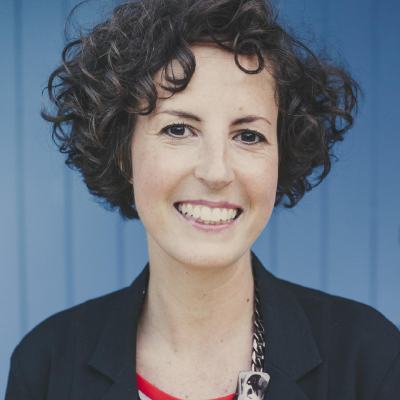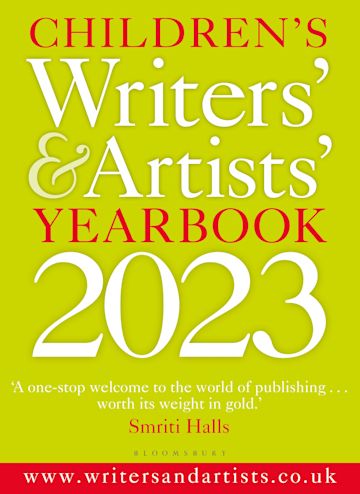In this extract from her article in the Children's Writers' & Artists' Yearbook 2023, literary agent Jodie Hodges offers a list of dos and don’ts for authors and illustrators.

- If you’re a picture book author, you don’t need to find an illustrator yourself to be able to approach an agent. Have plenty of stories, make sure you’re sending to agents representing picture book authors, and follow their guidelines – that’s it.
- If you’re an illustrator, you don’t need to write a story. If you want to, and you’ve created a package that you feel could be a commercial picture book, that’s great – but it’s possible to have a very successful career as an illustrator who doesn’t write.
- Do try to write your text with the book format in mind. It’s good practice to write it out labelling the spreads 1-12. That way you can pace your story correctly and work with the page-turns to add jeopardy or humour.
- Don’t provide extensive illustrative notes on your texts. If there’s a visual joke that isn’t spelt out in the text itself then, of course, mention it, but the reason a picture book royalty is split 50/50 is that the illustrator is equally as important as the author. I’ve seen projects completely transform when the illustrator takes the story to a different setting or casts it in a way the author just wouldn’t have thought of. There will always be consultation; no one wants the author to be part of a book they don’t recognise as their story any longer. More often than not, though, it’s an extremely positive process.
- Do think about working outside the field of picture books. The skills used in writing and illustrating picture books can very often be transferred into other types of children’s books – young fiction, chapter books, illustrated middle grade and young adult, non-fiction. It’s thrilling to see creators branch out, with books like Rob Biddulph’s Peanut Jones series (Macmillan Children's), or Jenny Løvlie illustrating both The Boys picture book (Caterpillar Books 2021) and the Kitty young fiction series (OUP 2019–). Once you’ve found an agent, you can talk about diversifying your writing or illustrating, or perhaps if you’re struggling to find an agent with your picture book work, think about creating submissions for a different area of the market.
- Don’t get carried away imagining the animated series and theme park of your picture book – even if you’re lucky enough to have it published. It’s natural, and desirable, to have ambitions, but expectation management is an undervalued and essential part of the publishing process and the life of an author and illustrator.

This is an abridged version of an article taken from the Children's Writers' & Artists' Yearbook 2023, available to order now from Bloomsbury.com
Jodie Hodges is an agent with United Agents, representing children's illustrators and authors of picture books, middle grade, teenage and young adult, including Rob Biddulph, Jim Field, Smriti Halls, Sophie McKenzie, Jamie Smart and Harriet Muncaster. She began working with Rosemary Canter at Peters, Fraser & Dunlop in 2006, becoming an agent in 2010. For more information see www.unitedagents.co.uk/jhodgesunitedagentscouk. Follow her on Twitter @jodiehodges31.
Comments